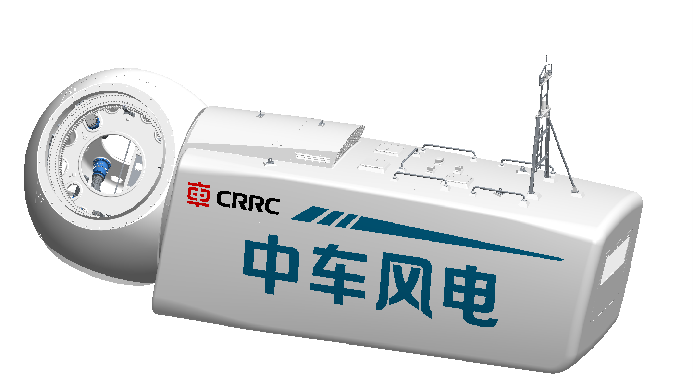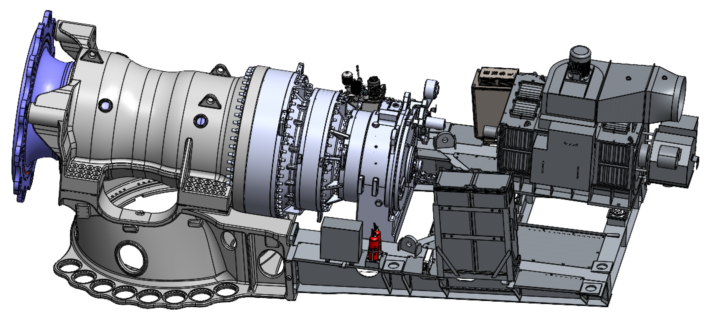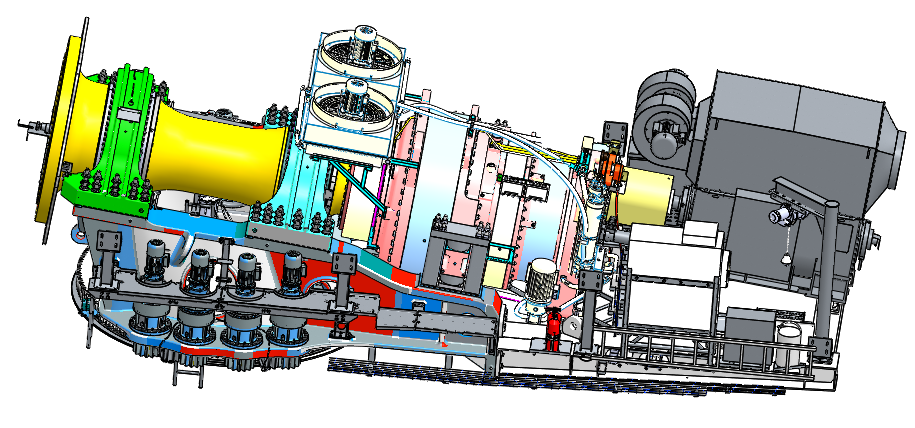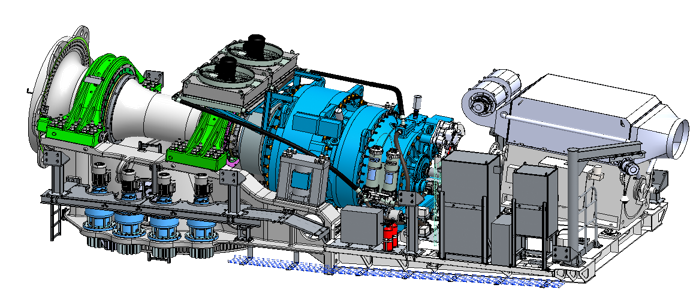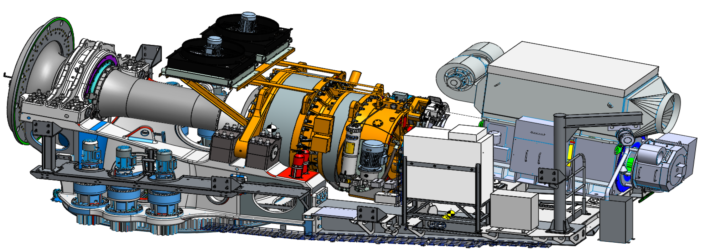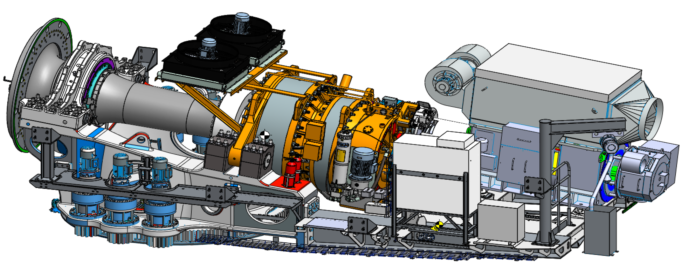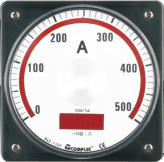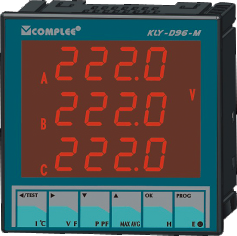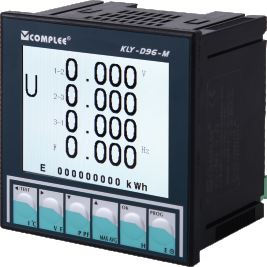Wedoany.com Report-Nov 29,Over half a million new wind technicians will need to be employed worldwide by 2028 to meet the increasing demand for onshore and offshore wind, according to the Global Wind Energy Council (GWEC).
Around 40% of these 532,000 posts will need to be filled by new entrants, GWEC’s Global Wind Workforce Outlook has highlighted.
This highlights the need for a resilient supply chain of skilled personnel to build and maintain wind fleets, stated the report.
To meet global wind power ambitions and ensure wind energy plays the role required for net zero and global renewables targets, it is vital governments and industry work to grow the workforce.
The report details nine steps policymakers can take to address help fulfil the mid-to-long-term workforce needs.
The first is to set staffing targets as part of the national energy policy to support wind or renewable energy installation ambitions.
The second consists of introducing education courses based on science, technology, engineering and mathematics (STEM) for preparing students to become the entry level wind workforce.
Thirdly, investments and funding programmes will be needed for staff training, apprenticeships and upskilling to equip workers with the skills needed for wind and renewable energy jobs, especially offshore wind.
The other measures include promoting industrial policy and tendering criteria that foster wind installation growth through local jobs as much as possible and facilitating tailored retraining/reskilling pathways to promote transfer and upskilling of workers from carbon intensive industries to wind industry jobs.
Promoting diversity, equity and inclusion to resolve skill shortages by enhancing attraction and retention of workers to the industry is also advised.
GWEC chief executive Ben Backwell said: “As the global wind energy sector continues to grow, particularly in new markets, it is crucial that the growing wind workforce is equipped with the right training and tools to meet the increasing demand.
“Deployment must be accelerated to meet net zero and global renewable targets, meaning it is vital that government and industry work together to build a workforce capable of delivering onshore and offshore wind.
“The nine steps outlined in this report provide a roadmap for action that can help turn ambitions into projects on the ground.
"GWEC is working with global, regional and national stakeholders to ensure wind energy fulfils its role in the energy transition.
"Building a strong workforce capable of supporting a scaled-up industry is key to that potential being fulfilled.”

